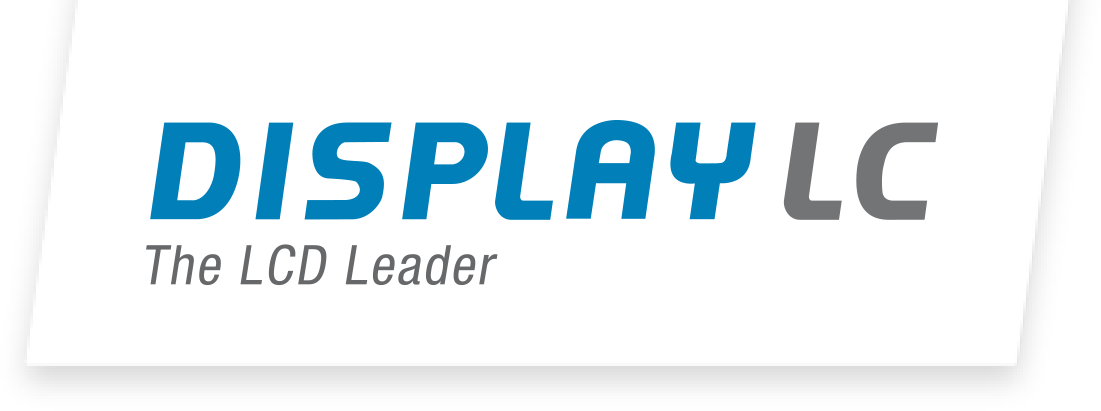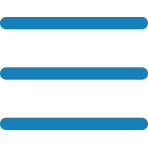Customized Solutions - Always too expensive or worth the investment?
01.09.2020 / R. Helfenstein
The development of customized displays is the supreme discipline in the display industry: Whether choosing the right display technology or components –a customized display is always an unique piece - developed and designed individually and according to the needs of a customer. But at the same time, customers ask themselves if a customized solution is really worth the investment – and if they have to be expensive by definition.
Clear advantages
First of all: Customized solutions have clear advantages.
On one hand, tailor-made products can be perfectly matched to the needs of a customer and their application - on the other, costs can be saved effectively when comparing to a standard display. This is because unnecessary components will not be purchased in the first place – and so oversized solutions can be avoided.
Tooling = expensive fee?
Tooling costs do not have to be expensive.
Especially for fully customized passive LCD products and TFT displays (using already existing TFT cells), tooling costs can be very manageable and can easily be amortized over the series. This however depends on the purchased quantity and amount of tooling cost. The cost itself varies depending on the technology, manufacturer and customer-specific components.
Hereinafter a few tooling ranges as an example:
Technology | Tooling in USD |
| Passive 1.5" LCD-panel with zebra-connection | 1'500 - 2'500 |
| Passive 1.5" LCD-Panel with backlight and FPC-connection | 2'500 - 4'500 |
| Passive 3.0" COG-Display with backlight FPC-connection | 6'000 - 8'000 |
| Customized backlight for a 5.0" TFT | 2'500 - 4'500 |
| Customized PCAP, PCB and FPC-connection for a 5.0" TFT | 4'000 - 7'000 |
| Customized coverglass, backlight and FPC-connection for a 5.0" TFT | 3'500 - 6'500 |
| Full-customized 3.7" TFT with backlight | 80'000 - 120'000 |
Amortization
Tooling costs are not expensive by definition. But when are tooling costs amortized?
To illustrate this, we have created a graphic (see below) for each technology - this gives a good impression for how tooling costs can be paid off over the mass production:
For example:
If tooling costs are 7'000 US dollars for a COG design and 20'000 pieces will be purchased, the tooling cost component is 0.35 US dollars per piece. At a unit price of around 8.00 US dollars, this proportion is therefore only around 4% of the unit price (example marked in red).
When is it particularly worth it?
Tooling costs lie, especially for more complex displays (TFT's with customized adaptions or full-customized passive displays with controllers), in the single-digit percentage area when quantities reach 10'000 pieces or more in the mass production.
Simple display solutions demand large quantities
In the case of simple, small segment displays without a controller, the tool costs are even lower, but due to the low unit price, around 50'000 to 100'000 units are required to push the tool cost share into the single-digit percentage range. In relation to the total development costs for an application and the many advantages of using a customized display solution, the tool costs for the display are mostly negligible.
Full-customized TFT's
Clearly the highest tool costs arise in the development of full-customized TFTs - but even in this case the tooling cost component is already less than 10% of the unit price when considering a quantity of 100'000 to 200'000 pieces.
Good to know
- Tooling costs only need to be paid once and the maintenance or replacement of the tool is guaranteed over the entire product life cycle by the supplier and will not be invoiced. The only condition: the production needs to run at least every two years with the product-specific minimum order quantity (MOQ).
- A customized solution can in general be obtained for as long as the customer needs it. If materials reach their "End of Life (EOL)", new samples with alternative components will be provided. As a normal process these new samples will be sent to the customer for free in order to qualify them.
- The variability of customized adaptions is extremely diverse and includes aspects of the size, content to be displayed, appearance, type of command input, assembly, control concept, power consumption, environmental conditions, reliability and price. As a first step, the requirements will be set out in a mutual discussion. Based on this an offer will be created in which the tooling costs (including samples) and unit prices will be shown separately for the desired quantities.
Further Questions?
We are available for a non-binding consultation by email, telephone, video conference or on-site meeting.
Simply contact us to make an appointment.
We look forward to hearing from you!

